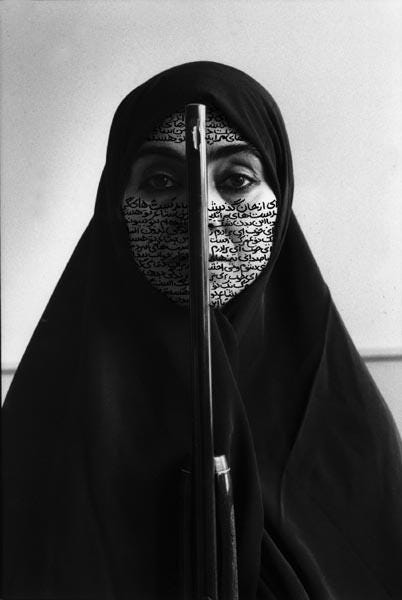Art in Search of a Manual
“The Fertile Crescent: Gender, Art, and Society”
Princeton University Art Museum
Runs Aug. 18, 2012 to Jan. 13, 2013

There’s something disappointing about art that requires an explanation. One wants to feel as though beauty and meaning should be pure and universal, even if that is an unobtainable dream.
After all, Andy Warhol, say, would certainly be nearly unintelligible to someone unfamiliar with the concepts of Marilyn Monroe or canned soup, and Roy Lichtenstein’s work requires a certain appreciation for American comics. Yet it’s nice to maintain the fantasy that our own cultural symbols are more or less universally understandable, and at any rate there are limits to anyone’s patience for arguments to the contrary.
Of course it’s one thing to put a piece in context, but it’s something else entirely to spell out the “meaning” of a piece. If the work requires a caption to hold my hand through the mental gymnastics required for me to understand what is going on then something, somewhere in the artistic process has gone wrong.
That’s sort of what happened at “The Fertile Crescent: Gender, Art, and Society,” a recent exhibition of Middle Eastern feminist art at the University Art Museum.
There are perhaps two distinct problems. The first is a somewhat overzealous curatorial style which seeks to explain everything — to tell me what the art is “about.” In most cases that’s not necessary: didactic captions ruin some of the mystique and power of a work — the art can and should, to some extent, speak for itself.
The other problem is when the work actually can’t speak for itself. At that point, no amount of captioning is going to save it. A photograph of a chador-clad woman in a swan boat on a lake in Germany — one could probably glean something from that without any caption at all. But a video of a woman and her body double drawing abstract lines in sand? That’s a little too much to ask of anyone.
You might as well just keep the caption and dispense with the art entirely at that point. There a few pieces that are simply not as good as the others — or their explanations.
It’s not that “The Fertile Crescent” is bad. It’s merely that I was somewhat disappointed by its uneven quality, as well as the way in which it was presented. Perhaps it’s too much to ask for an exhibit that always manages to strike a balance between insightful art and commentary that adds a little something extra without imposing an interpretation. Although that doesn’t always happen here, when it does, the result is satisfying.